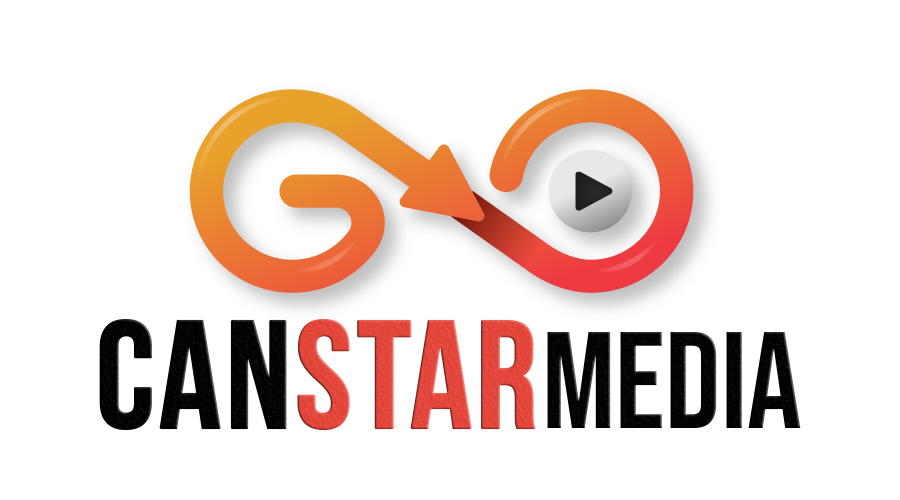Have you ever stopped to consider the potential risks that could impact your creative business? It’s crucial for artists and creatives to not only recognize these risks but also have a plan in place to manage them effectively. This essay serves as the first in a series that aims to help artists navigate the challenges of creating and selling art in a difficult economic climate while also addressing risk management.
Risk management may sound complex, but it’s simply a methodical approach to identifying, evaluating, and resolving potential hazards in your work environment. For instance, imagine the risk of a studio fire that could destroy not only your artwork but also the tools and supplies essential for creating new pieces. Such an event would have a significant impact on your income and artistic endeavours. The time spent finding a new studio, restocking materials, and dealing with insurance claims would take away from your ability to create and promote your art.
To mitigate such risks, simple actions like keeping a fire extinguisher in the studio and practicing safe handling of combustible materials can make a difference. Additionally, having appropriate designer insurance coverage can provide financial protection for the studio building, its contents, and the potential impact on your business if a disaster were to occur.
Financial Insecurity
One of the most significant risks for artists is the inherent financial uncertainty. Fluctuating income, unpredictable sales, and high overhead costs can create financial instability. Artists should establish a budget, inspirebyblog plan for irregular income streams, and seek financial advice to ensure stability and long-term success.
Lack of Market Demand
Artists face the risk of creating works that do not align with market demand. It’s essential to conduct market research, understand trends, and find a balance between personal artistic expression and commercial viability. Adapting to changing preferences and diversifying artistic offerings can mitigate this risk.
Intellectual Property Infringement
Protecting intellectual property is crucial for artists. Copyright infringement and unauthorized use of their work can undermine their artistic integrity and financial prospects. Artists should educate themselves on copyright laws, register their work, and consider legal recourse if infringement occurs.
Legal and Contractual Issues
Navigating legal aspects such as contracts, licensing agreements, and commissions can be challenging for artists. Engaging legal professionals specializing in art law can help protect artists’ rights, clarify contractual obligations, and avoid disputes.
Health and Safety Hazards
Artists often work with materials and equipment that may pose health and safety risks. Exposure to toxic substances, ergonomic issues, and accidents in the studio can impact artists’ well-being and productivity. Implementing safety protocols, using protective equipment, and maintaining a safe work environment are essential.
Exhibition and Gallery Risks
Collaborating with galleries and participating in exhibitions comes with its own set of risks. These include the potential for theft, damage during transportation, and financial disagreements. Conducting due diligence on galleries, securing appropriate insurance coverage, and maintaining clear communication can help mitigate these risks.
Reputation Damage
In the age of social media and online platforms, artists face the risk of reputation damage due to negative feedback, online controversies, or plagiarism accusations. Artists should maintain professionalism, engage with their audience thoughtfully, and address any issues promptly and transparently to protect their reputation.
Economic and Market Volatility
Artistic businesses can be influenced by economic downturns, changing market conditions, and shifts in consumer spending. Artists should be adaptable, diversify income streams, and develop a strong brand identity to weather economic uncertainties.
Production and Supply Chain Challenges
Artists who outsource production or rely on suppliers face risks such as quality control issues, delays, and disruptions in the supply chain. Artists should establish reliable relationships with suppliers, monitor production processes closely, and have contingency plans in place to mitigate these risks.
Cybersecurity Threats
In the digital era, artists face the risk of cyber threats, including data breaches, hacking, and unauthorized use of their online platforms. Artists should prioritize cybersecurity measures, such as using secure payment gateways, implementing strong passwords, and regularly updating software to protect their digital assets and sensitive information.
Insurance plays a crucial role in protecting artists and their businesses from various risks and uncertainties. It provides financial security and peace of mind, allowing artists to focus on their creative work without worrying about potential losses. There are several types of insurance policies available for artists. Firstly, general liability insurance covers claims of property damage or bodily injury that may occur on their premises or during exhibitions. Secondly, professional liability insurance, also known as errors and omissions insurance, protects artists against claims of negligence, mistakes, or failure to deliver promised services. Thirdly, property insurance covers damage or loss of art, studio equipment, and supplies due to theft, fire, or natural disasters. Additionally, artists can consider business interruption insurance, which provides income replacement in the event of a temporary closure or inability to work due to a covered peril. Finally, artists may also opt for cyber liability insurance to safeguard against data breaches or cyber-attacks. Each insurance policy offers specific coverage tailored to the unique risks faced by artists, allowing them to pursue their artistic endeavours with confidence and resilience.



